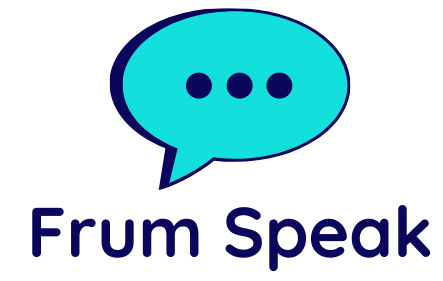The Federal Reserve has cut its benchmark interest rate from its 23-year high, with consequences for debt, savings, auto loans, mortgages and other forms of borrowing by consumers and businesses. On Wednesday, the Fed announced that it reduced its key rate by an unusually large half-percentage point, to between 4.75 and 5 percent, the first rate cut in more than four years. The central bank is acting because, after imposing 11 rate hikes dating back to March 2022, it feels confident that inflation is finally mild enough that it can begin to ease the cost of borrowing. At the same time, the Fed has grown more concerned about the health of the job market. Lower rates would help support the pace of hiring and keep unemployment down. “Recent indicators suggest that economic activity has continued to expand at a solid pace,” the Fed said in a statement. “Job gains have slowed, and the unemployment rate has moved up but remains low. Inflation has made further progress.” More Fed rate cuts are expected in the coming months, with the steepness of the reductions dependent on the direction of inflation and job growth. What do the Fed’s rate cuts mean for savers? Although taking action now to try to capitalize on lower rates, like shifting money out of a certificate of deposit or refinancing a mortgage, “might be warranted for some, you shouldn’t feel obligated to completely change up your financial strategy just because rates move lower,” said Jacob Channel, a senior economist at LendingTree. “Act cautiously and responsibly,” Channel said, “and don’t make any rash decisions based on a single Fed meeting or economic report.” Eventually, yields for savers will decline as the Fed lowers its benchmark rate. “As attractive as yields on savings instruments have recently been, it’s wise not to hold too much in cash because these are short-term instruments and their yields are ephemeral,” said Christine Benz, director of personal finance at Morningstar. “The really great yields that we’ve had recently may go lower.” If you don’t have a need for cash right away, you can continue to lock in what are “still pretty decent yields on offer,” she said. In that case, “longer-term certificates of deposit might make sense.” “Lower interest rates make it harder to maximize savings and preserve the capital built while interest rates have been higher,” said Matt Brannon, a personal finance expert at MarketWatch guides. “An easy short-term move to protect your savings is to shift your funds into a high-yield savings account, which offers higher interest rates than traditional savings accounts… These types of savings accounts will still help you to preserve capital due to comparatively higher interest rates.” How will the rate cuts affect credit card debt and other borrowing? “While lower rates are certainly a good thing for those struggling with debt, the truth is that this one rate cut isn’t really going to make much of a difference for most people,” said Matt Schulz, a credit analyst at LendingTree. That said, the Fed’s declining benchmark rate will eventually mean better rates for borrowers, many of whom are facing some of the highest credit card interest rates in decades. The average interest rate is 23.18% for new offers and 21.51% for existing accounts, according to WalletHub’s August Credit Card Landscape Report. Still, […]


Recent comments